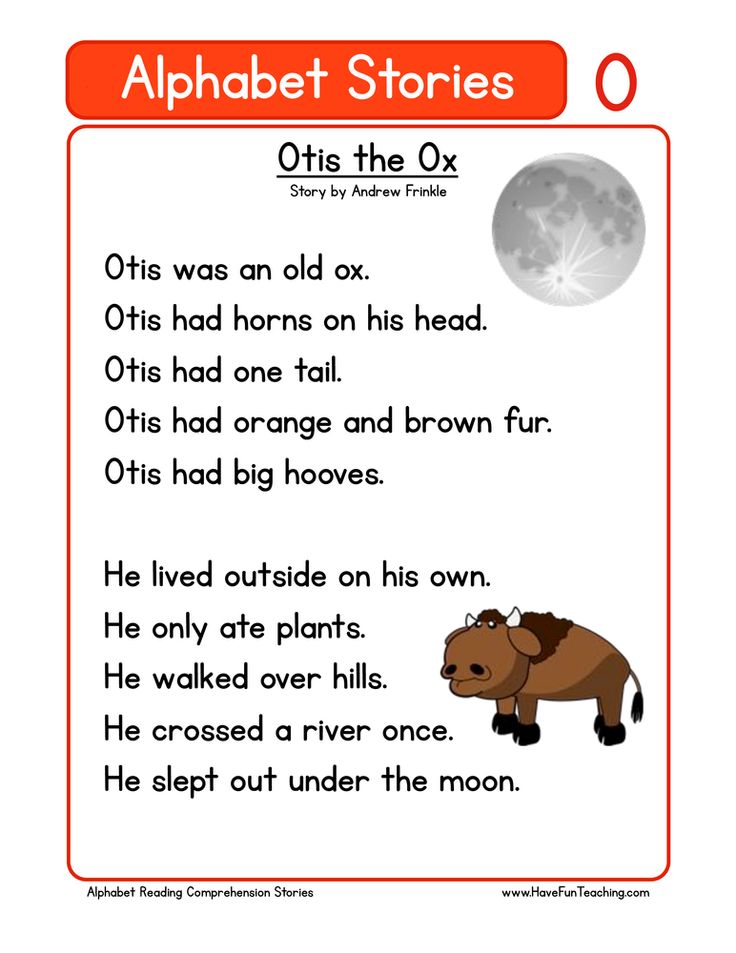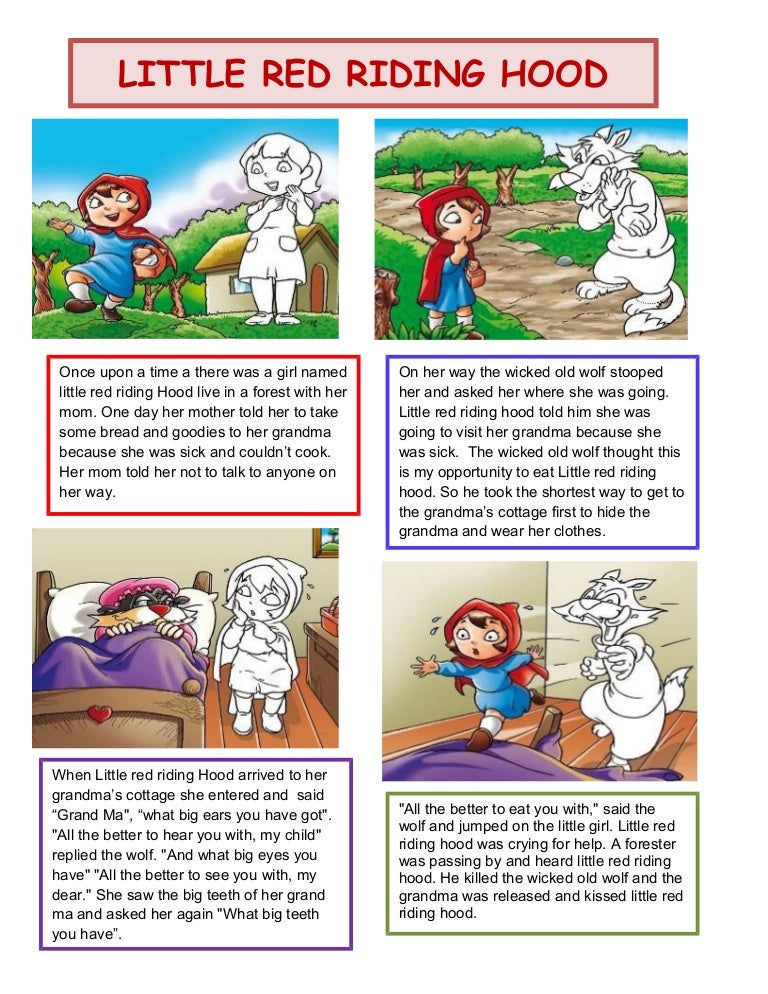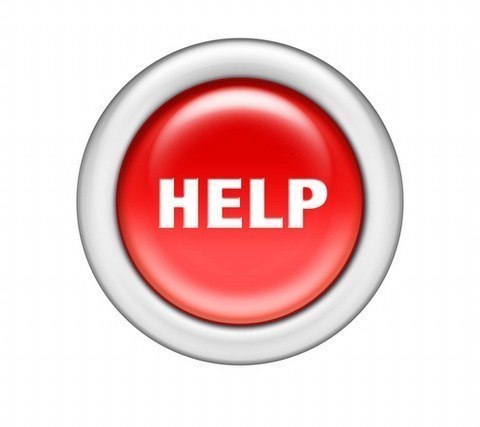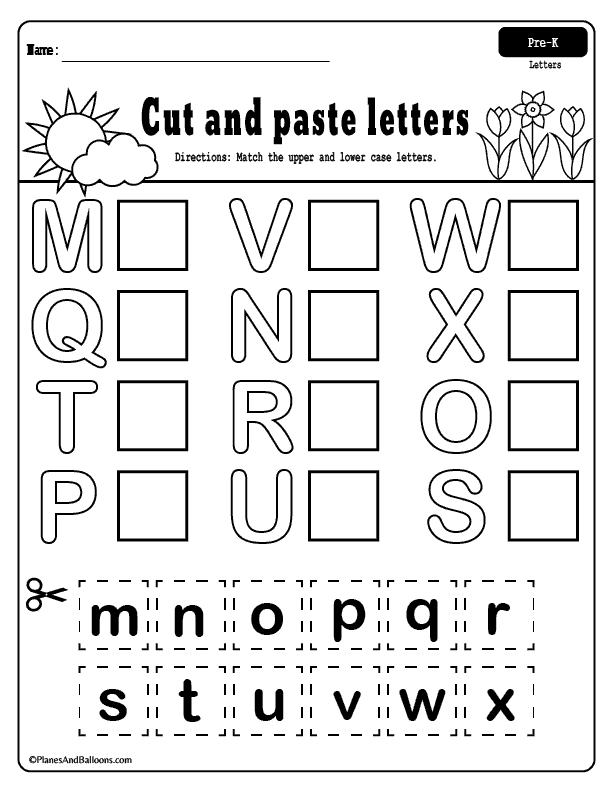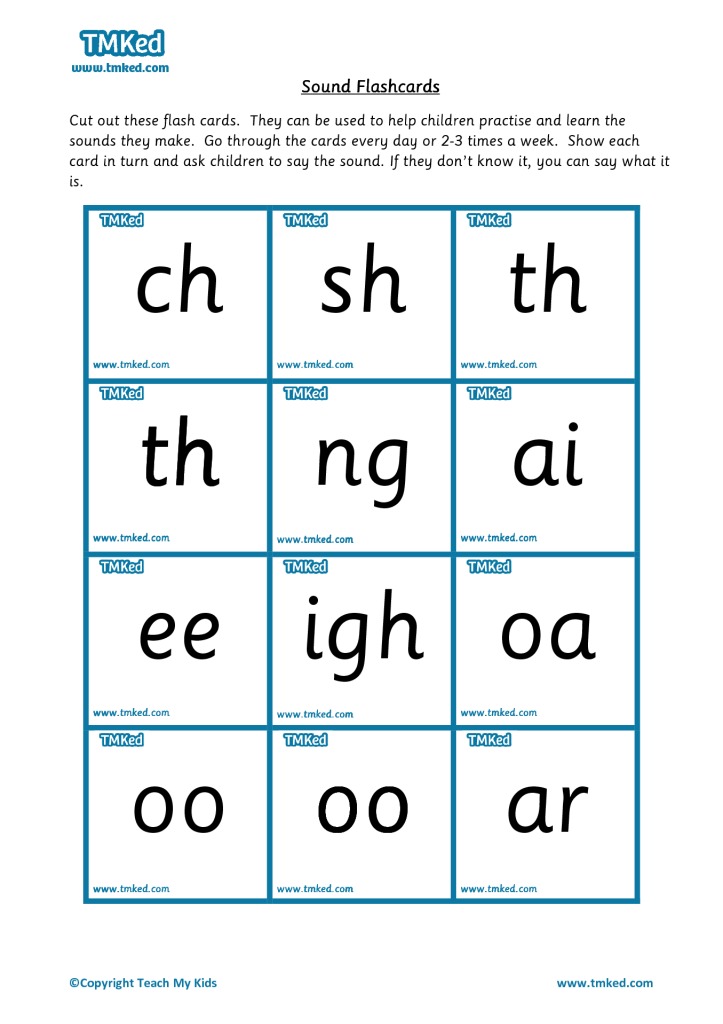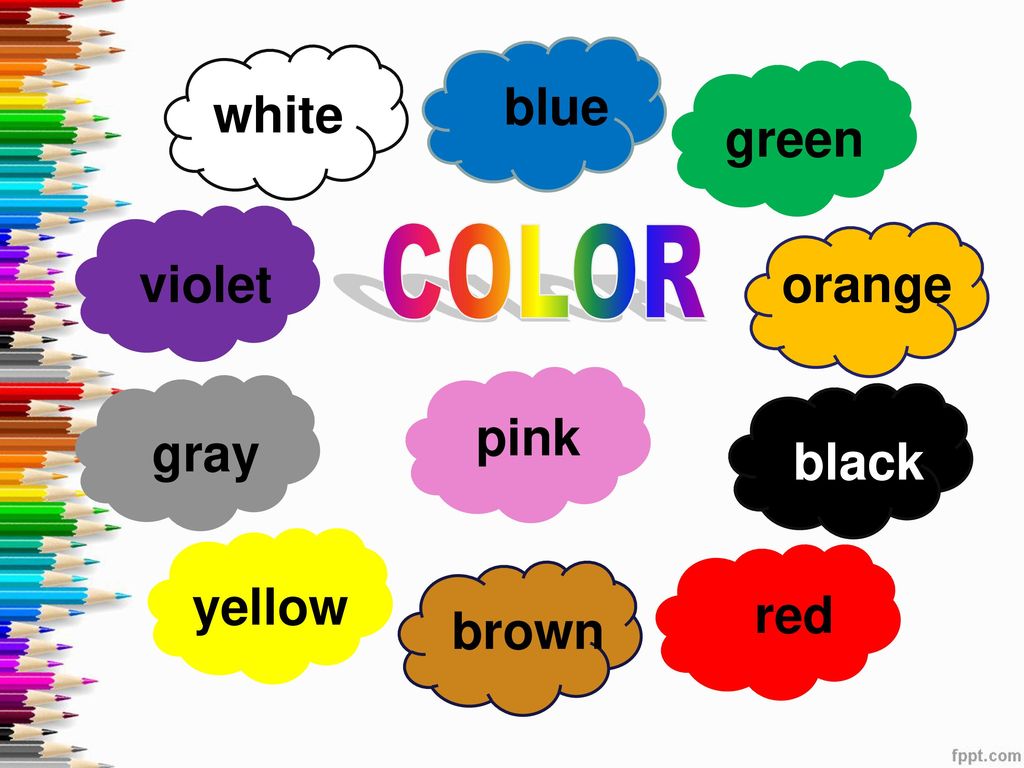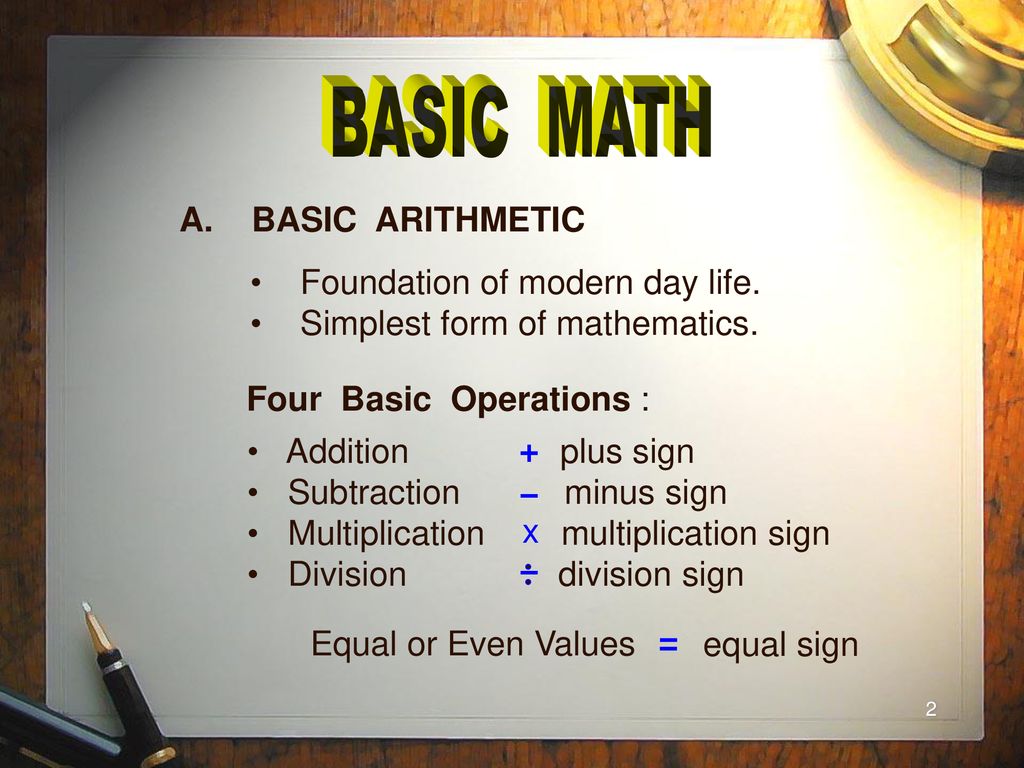The story of alphabet
The story of the alphabet
The story of the alphabet - ViscontiBusiness Travel Collection
Writing instruments leather
The story of the alphabet
- Story
- Writing
- Story
- Mentioned Products
Writing
30.The story of the alphabet
ABCs are the first thing we are taught at school. Our memory is jogged with catchy nursery rhymes and pages filled with handwritten letters in lowercase, upper case, block capitals and cursive letters.
In Italy, as in most of the Western world, we are taught the Latin alphabet, which, in essence, has remained unchanged since the years of the Roman Empire. Its origins are long-standing and often not so well known. This is why we have decided to take a brief look at the various stages of its evolution.
The importance of writing
There is no doubt about it: writing on paper or on any other medium, even a digital one, feels like a spontaneous and natural gesture. But communication at the dawn of time was certainly not in written form. Messages were only conveyed orally.
From a graphic point of view, writing is articulated through a series of signs that give life to phonemes or entire words; for this reason, linguistic codes can be subdivided into logographic (e.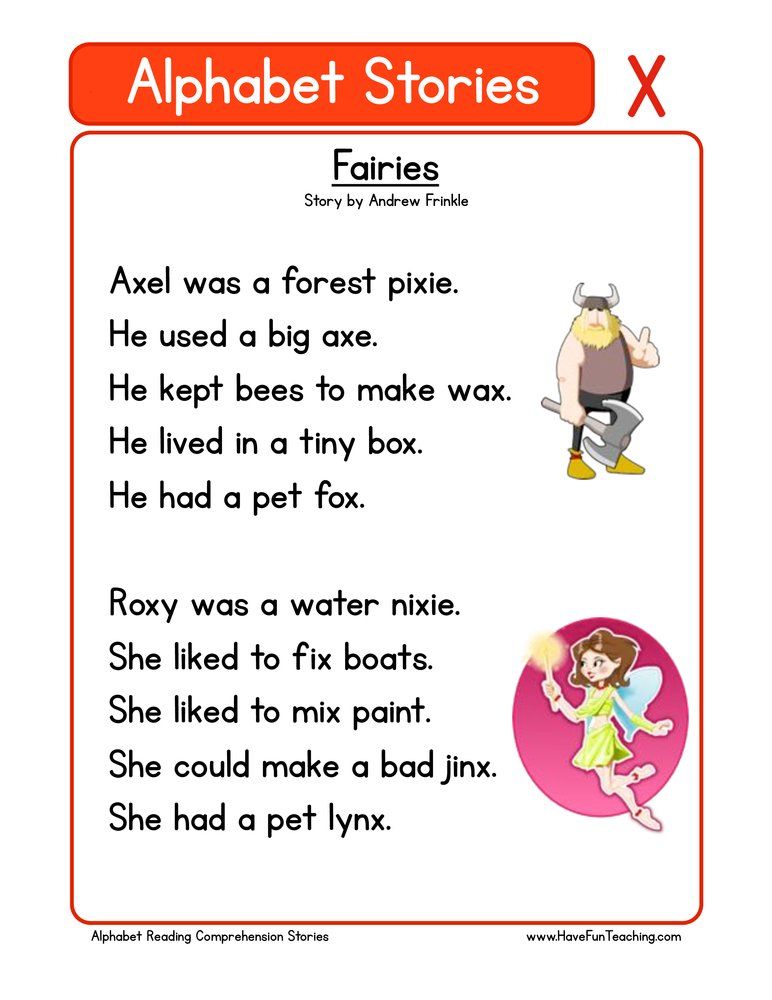 g. Chinese, Japanese) and phonographic (e.g. Latin alphabet), which in turn can be grouped into linear by syllables and linear by segments. The Latin alphabet belongs to the latter category and is a complete system of vowels and consonants.
g. Chinese, Japanese) and phonographic (e.g. Latin alphabet), which in turn can be grouped into linear by syllables and linear by segments. The Latin alphabet belongs to the latter category and is a complete system of vowels and consonants.
Today, the Latin alphabet consists of 26 letters; originally, it only had 20 that were used to reproduce the sounds that existed at the time. Y and Z, for example, became necessary in the Republican era, with the increased influence of Greek culture on the Empire. The W and J, on the other hand, are medieval grafts that were used to transcribe foreign words, especially Anglo-Saxon ones. Finally, the U and V are of Renaissance origin.
From the Ancient Egyptians to the Etruscans
Many alphabets, including ours, have their roots in the culture of the ancient Egyptians and Phoenicians.
Egyptian hieroglyphics (i.e. ‘sacred engraved signs’) were part of a very complex writing system, characterised by both logographic and phonetic peculiarities.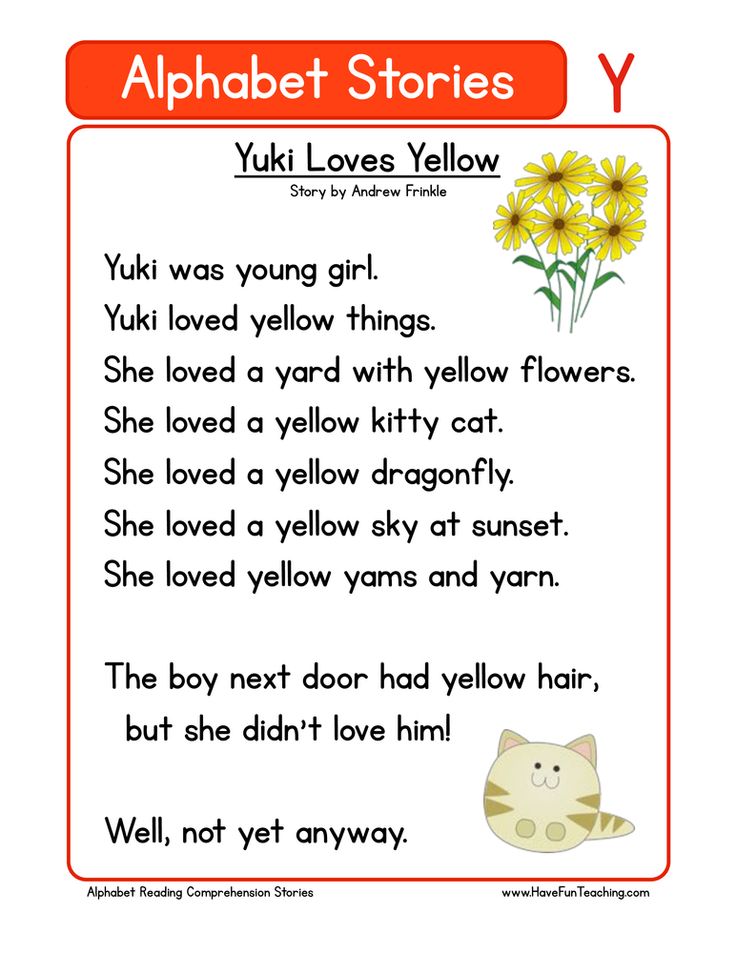 In short, each symbol could designate a letter, a syllable or an entire word.
In short, each symbol could designate a letter, a syllable or an entire word.
Given the difficulty with which the scribes reproduced the first hieroglyphs, a simplified, purely phonetic system was devised in the 3rd millennium BC: each of the 22 signs corresponded to one and only one consonant. Thus Proto-Sinaitic was born.
The Phoenicians exploited these symbols, simplifying them further and associating them with the sounds of their Semitic language. Greek, Roman, Hebrew and Arabic are the writing systems that derive from the Phoenician one. Later, in the 9th century BC, the Greeks adopted the consonants of the Phoenician alphabet and combined them with vowels, trying to rework the symbols that did not have a corresponding phoneme in the Greek language.
According to experts, therefore, the alphabet we use every day descends from Latin, but passes through Greek and Etruscan. This latter linguistic code was brought to the south of Italy by Greek colonists, and then spread throughout the country as far as the Alps.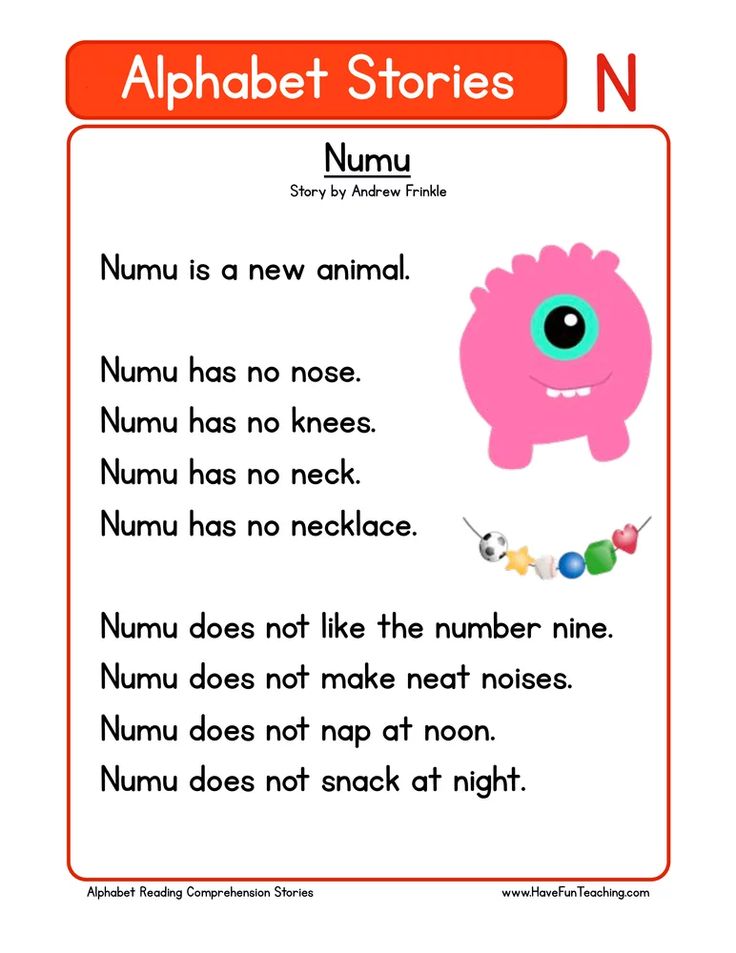 The first Etruscan writing system, Bustrophedic, had the peculiarity of changing direction at the end of each line, from right to left and vice versa. Later, the Etruscan alphabet crystallised in one direction that went from right to left. This explains why the Etruscan letters, which are very similar to the Latin ones, seem mirrored.
The first Etruscan writing system, Bustrophedic, had the peculiarity of changing direction at the end of each line, from right to left and vice versa. Later, the Etruscan alphabet crystallised in one direction that went from right to left. This explains why the Etruscan letters, which are very similar to the Latin ones, seem mirrored.
Phoenicians are not only credited with laying the foundations for our alphabet, but are also associated with the history of the Futhark, an ancient parallel alphabet to ours which spread throughout Scandinavia and central Europe, even extending into northern Italy.
What were the characteristics of Futhark? What other language system did it develop into? Find out in the second chapter on the history of the alphabet!
Enter the Visconti World
Sign up to our newsletter and always stay updated on Visconti’s new releases, latest news and promotions.
This site is protected by reCAPTCHA and the Google Privacy Policy and Terms of Service apply.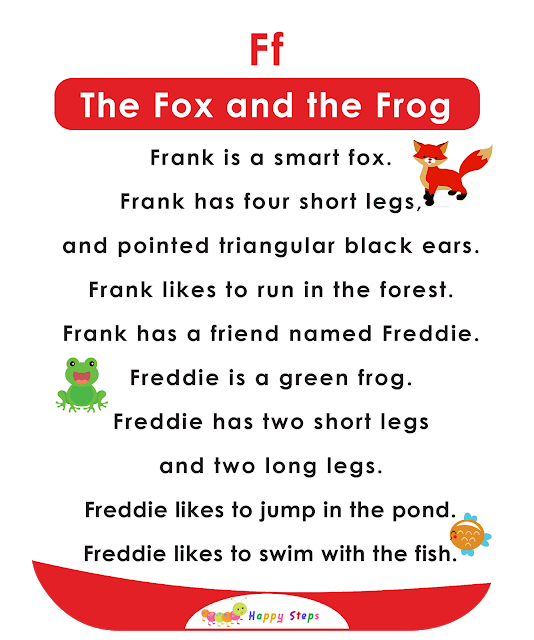
Get inspired
Enter the Visconti world
10% OFF
Sign up to our newsletter and remain up to date on promotions, news, latest trends and the history of style and writing.
This website uses cookies to improve your experience. For more information read Cookie settingsACCEPT
Calculate Shipping
Apply Coupon
Available Coupons
cart10 Get 10% off Codice sconto del 10% da utilizzare per i carrelli abbandonati su MailChimp
visconti10 Get 10% off Codice sconto del 10% da utilizzare per i carrelli abbandonati su Facebook Ads
vvip22 Get 20% off Codice sconto VIP client
welcome Get 10% off Codice promozionale per utenti che si iscrivono alla NL
Unavailable Coupons
brunelleschi Get 15% off
cage15 Get 15% off
christmas Get 15% off Codice promozionale per utenti della Wishlist
dad15 Get 15% off Codice sconto per la festa del papà (17-20 Marzo)
firstpurchase Get 20% off Codice promozionale vecchio sito
friend20 Get 20% off Codice sconto per la promo amicizia (26 Luglio - 1 Agosto)
her15 Get 15% off Codice sconto per la festa della donna (7-8 Marzo)
hrh20 Get 10% off
mom15 Get 15% off Codice sconto per la festa della mamma (2-8 Maggio)
moriconi224 Get 224,00 € off Coupon per cambio penna
qwerty
Get 2.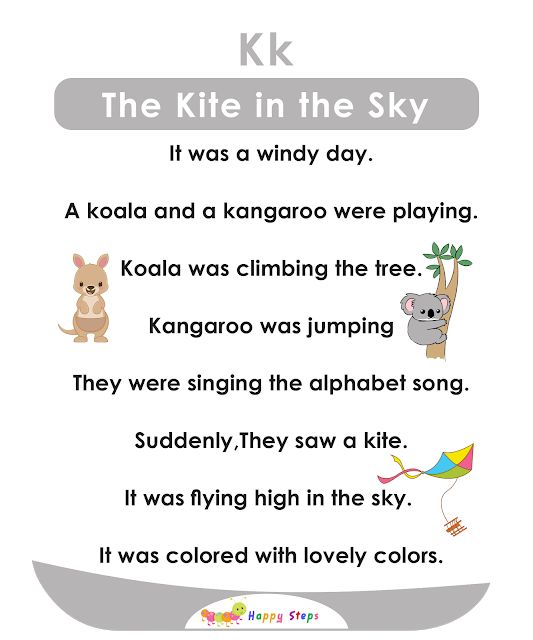 120,00 € off
120,00 € off
run Get 20% off Codice sconto per la promo asteroide (27-30 Giugno)
vip30 Get 30% off
Letter L's Story (Distance Learning)
Do you want to teach your children the letters in an interactive and hands on way?This short story is part of a series to help children learn phonics in a more engaging way. Each story focuses on one letter of the alphabet.
According to research and my own teaching and parenting experience, stories are an effective way for children to remember vocabulary. I created this set of original story-based alphabet books for my own son to be simple and funny. He loves them.
What is included in each letter book:
- A vocabulary list with pictures and words
- Pictures for cutting and gluing
- An original story with backgrounds and pictures
- An original story with backgrounds
- An original story with areas for illustration
Multiple ways to use the vocabulary list:
1.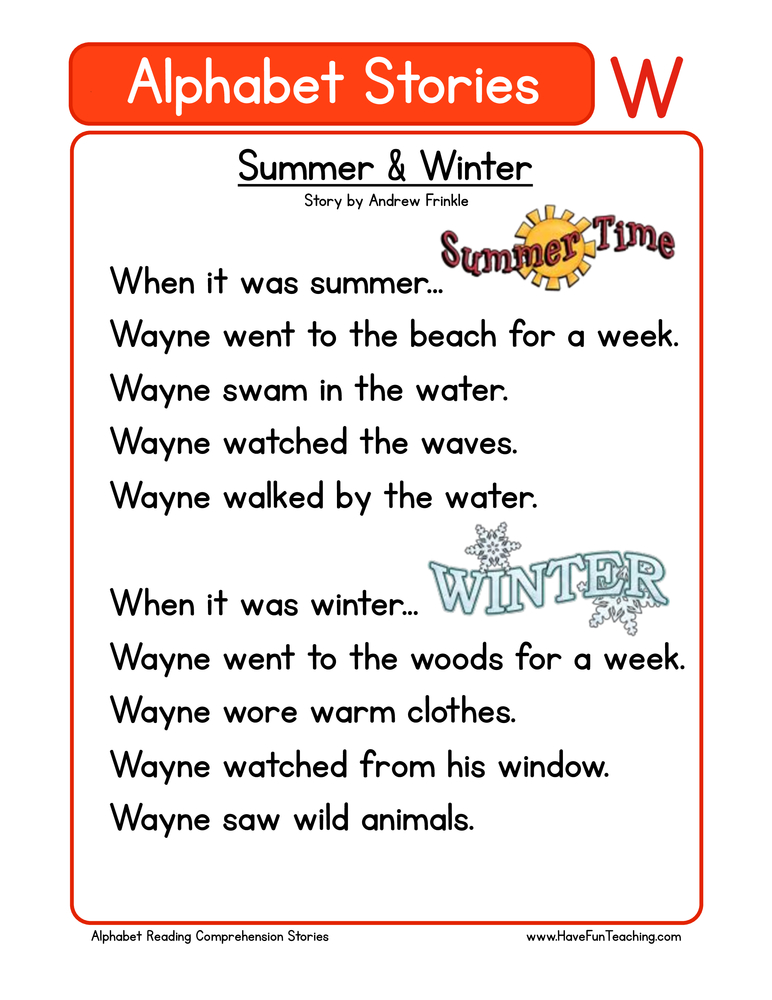 Review the new words and pictures with the children.
Review the new words and pictures with the children.
2. Cut out the pictures and the words. Ask children to match them.
3. Use the vocabulary list as loose flashcards or bind them together with a ring.
4. You can also laminate the new words and pictures, put velcro on them so they can be reused in one -on- one conferences, a small group or morning meetings
5. Children can use extra space in the vocabulary list to add new words beginning with the focus letter.
6. Children can use the words to create their own story.
7. Place the pictures and words face-down and match them together for a memory-like game.
Multiple ways to use the story:
1. There are three versions of this story. You can read the story with backgrounds and pictures to your children.
2. You can read the story with background images only to the children and ask them to glue the pictures or/and words in appropriate places. Some photos are repeated because the corresponding word occurs on multiple pages of the story.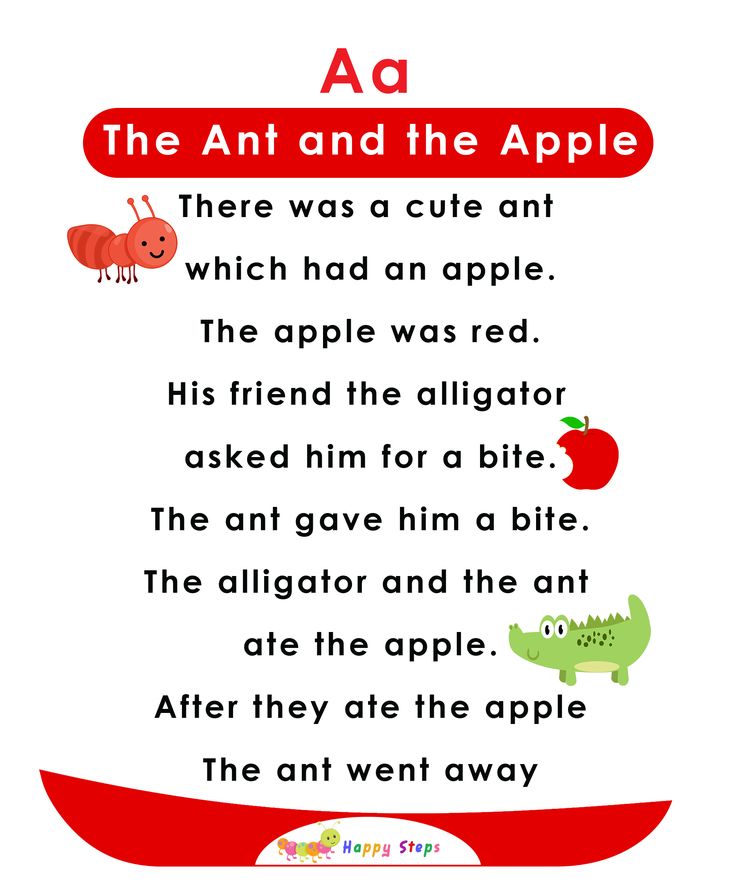 Repetition helps children to memorize the words and predict what will happen.
Repetition helps children to memorize the words and predict what will happen.
3. You can also laminate the backgrounds and the cutouts, put velcro on them so they can be reused in one -on- one conferences, a small group or morning meetings
4. For the advanced level, you can use the third set without backgrounds, so you can read or have the children read the story and draw their own illustrations to nurture their creativity and artistic skills.
My son loves this interactive book and he repeatedly asked me to read to him. I hope your children will enjoy it too.
Here is a free sample Letter A's Story for you to see more details.
If you are interested in finding similar resources, please check other Interactive hands-on Alphabet books:
Interactive Hands-on Alphabet Story Book Bundle
Phonics Story
Feel free to contact me at [email protected] if you would like me to put together a custom bundle according to your particular needs.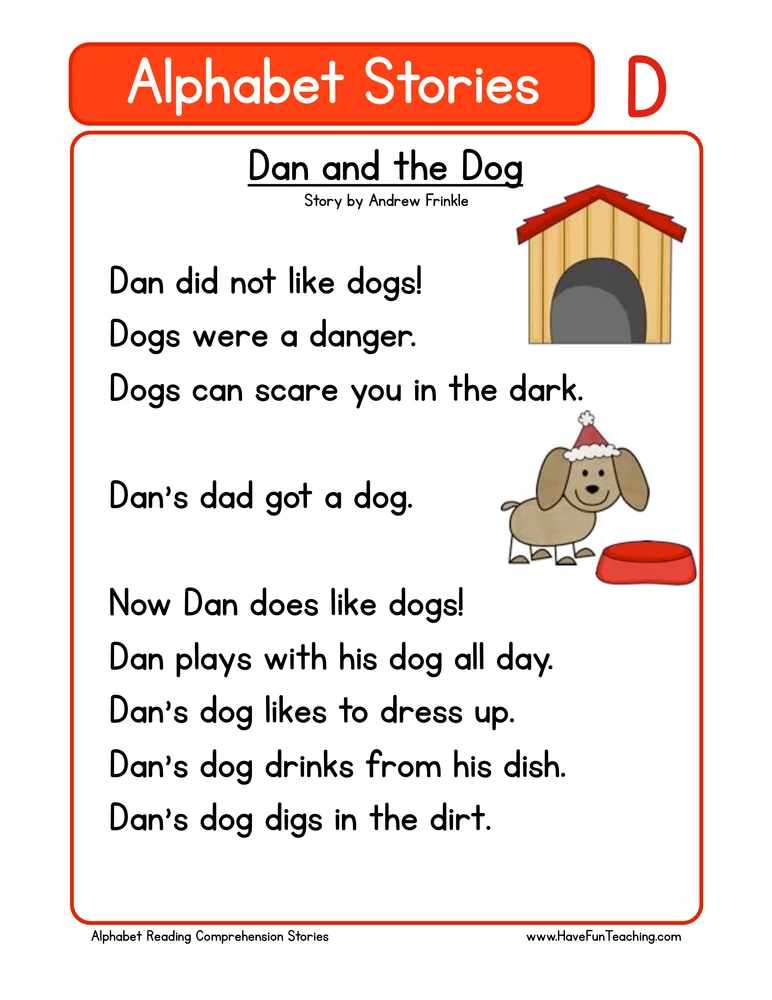
For more details, please check Build My Own Bundle.
Connect with Me
Find me on YouTube
Find me on Pinterest
Find me on Twitter
Find me on Facebook
Find me on Instagram
Find me on my blog
The history of the Russian alphabet - Flowers of life
The history of the alphabet began long before its official appearance.
The fact that we now have letters, we can write and read is an incredible blessing that cannot be underestimated. Even in ancient times, when people did not yet know how to do this, they tried to somehow express their thoughts to each other. To do this, they drew whole pictures on the walls, then they came up with icons and hieroglyphs. Then it all turned into easy-to-understand letters that make up the alphabet. Each nation, in each specific locality, had its own icons, which is why there are so many alphabets and languages in the world.
How did our Russian alphabet appear?
A brief history of the Russian alphabet
The history of the letters of the Russian alphabet tells us about two brothers - Cyril and Methodius, who invented the first Slavic alphabet.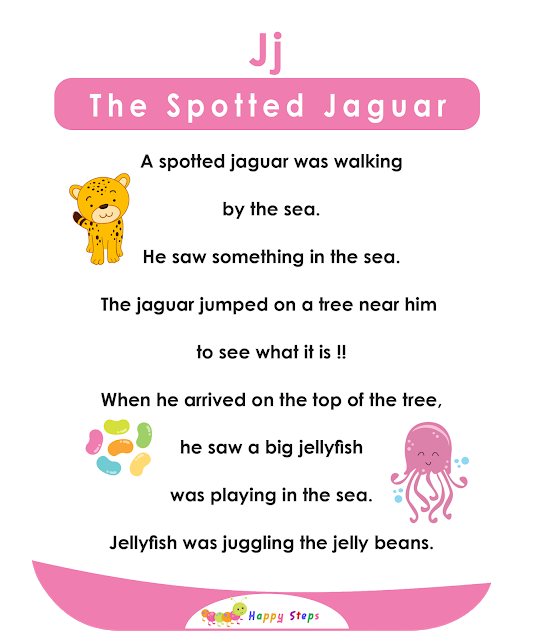 The thing is that during the period of the emergence of Christianity and the construction of temples in the once mighty state of Great Moravia, writing was also needed so that church texts could be recorded. The Moravian ruler asked for help from the Byzantine emperor Michael III, who sent two preachers Cyril and Methodius to Moravia as help. It happened around the middle of 9century.
The thing is that during the period of the emergence of Christianity and the construction of temples in the once mighty state of Great Moravia, writing was also needed so that church texts could be recorded. The Moravian ruler asked for help from the Byzantine emperor Michael III, who sent two preachers Cyril and Methodius to Moravia as help. It happened around the middle of 9century.
In 863 the brothers told that they had created an alphabet. He was named after his younger brother - Cyrillic. The progenitor of the Cyrillic alphabet was another system of letters invented by the brothers - the Glagolitic. With the help of the Cyrillic alphabet, Cyril and Methodius translated the Holy Scriptures and a number of liturgical books from Greek. The Orthodox Church called the brothers miracle workers. People got letters, and with them the ability to read and write.
From the very beginning there were as many as 43 letters in the alphabet, but a little later they added 4 and subtracted 14 because of uselessness.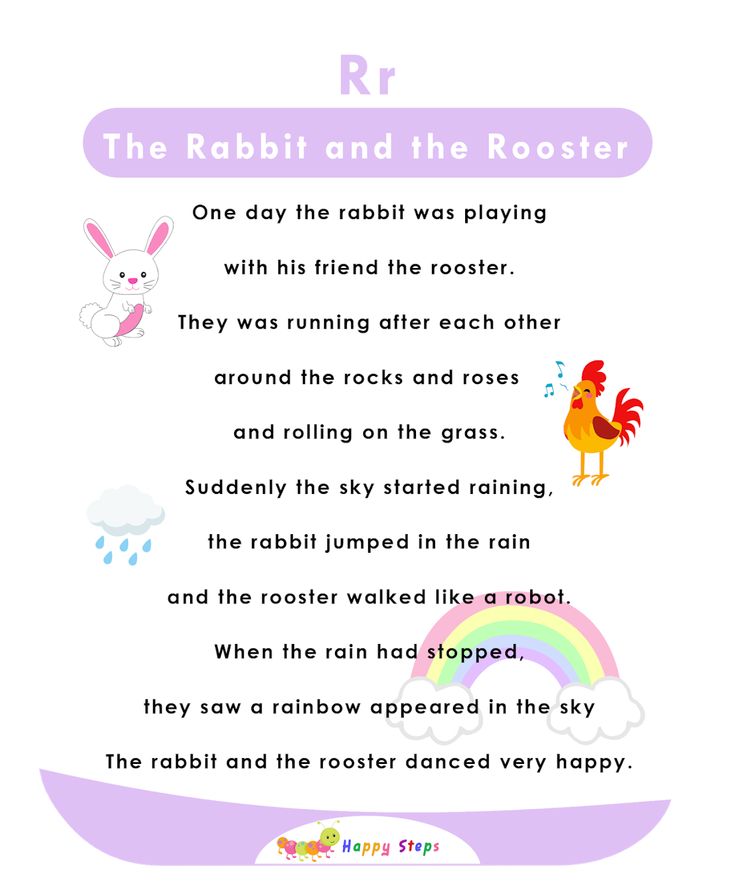 Initially, the letters were similar to Greek, but then they changed and became the way we are used to seeing them. Each letter not only meant a certain sound, but also had its own meaning.
Initially, the letters were similar to Greek, but then they changed and became the way we are used to seeing them. Each letter not only meant a certain sound, but also had its own meaning.
In 1917, a version of the alphabet of 35 letters was approved. True, there were actually 37 of them, Yo and Y were not separate letters. In 1918, the alphabet changed again, several unused letters were removed from it, as a result of which 33 remained. This is the alphabet we use to this day.
By the way, the letter Yo has a birthday. It was invented by Princess Ekaterina Romanovna Dashkova on November 18, 1783. Her idea became popular, the writer and historian N.M. Karamzin drew attention to this, and since then it has been used.
The history of Russian writing is quite interesting, let's now talk more about its creators?
Biography of Cyril and Methodius
We continue our story for children about the alphabet with a story about Cyril and Methodius.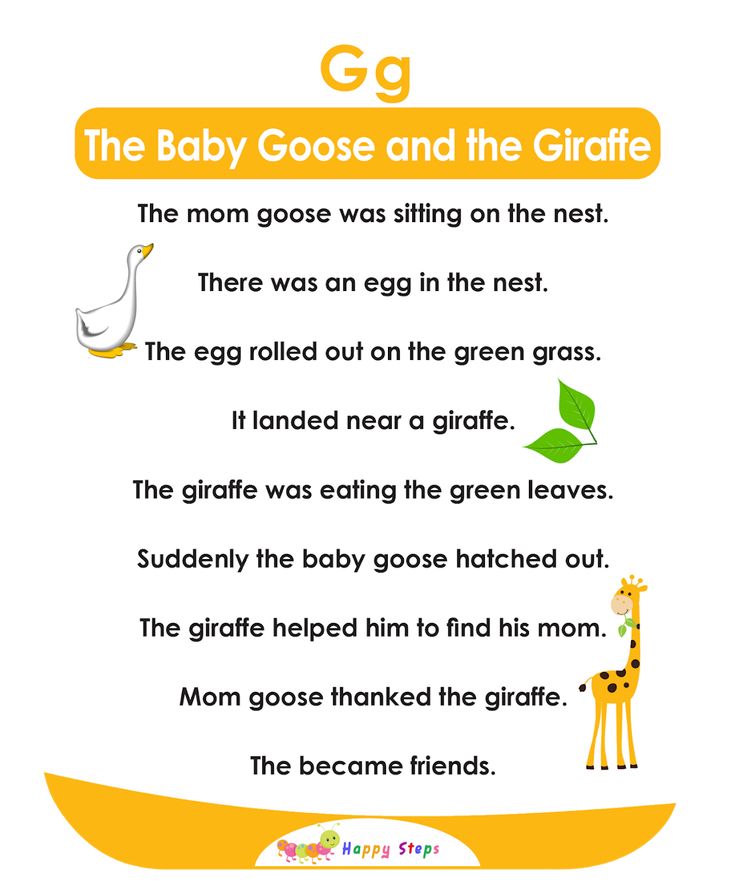
The brothers were born in Thessalonica, now the city is called Thessaloniki and is located in Greece. The family was distinguished by wealth and a high position in society. The boys were given an excellent education. Cyril diligently studied philosophy and rhetoric from the most famous Byzantine teachers, together with the young son of the ruler of Byzantium, Michael III. Then he was even a teacher himself for a while.
His talents captivated many. He was repeatedly trusted with complex and dangerous diplomatic missions in different cities and countries, with which he brilliantly coped. And the elder brother Methodius was in military service for a long time, led one of the principalities, where he learned the language of the Slavs. But after 10 years, he left the military career and took a monastic vow. Soon his brother joined him.
It is noteworthy that the real name of Cyril is actually Konstantin, and Methodius is Michael. Cyril and Methodius are church names given to them at baptism.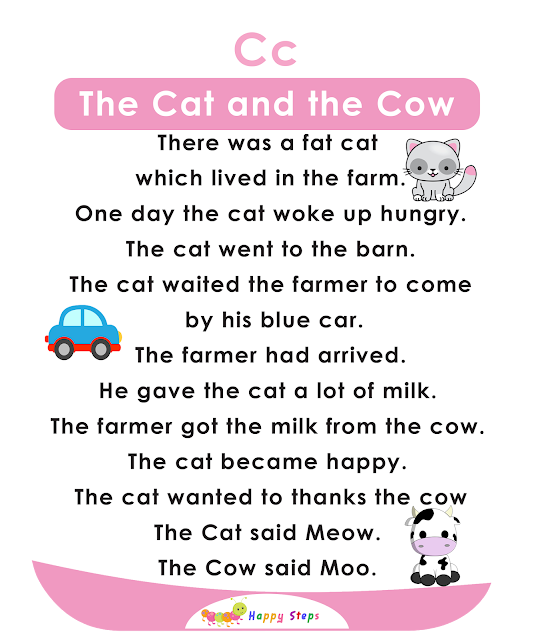
Both brothers did a lot to spread writing and the word of God, so they are honored, remembered and mentioned in books, scholarly treatises, on icons and church paintings. And they even have a holiday.
Day of Slavic Literature and Culture
The holiday has been celebrated every year on May 24 since 1863. It is a public holiday, the only church-state. On this day, many places hold scientific conferences, open readings, book presentations, concerts and exhibitions dedicated to writing and its creators - Cyril and Methodius. In most churches, a festive divine service and a solemn religious procession take place.
The event is celebrated not only in Russia, but also in several other countries. For example, in the Republic of Belarus, Macedonia, Ukraine, Slovakia, the Czech Republic, Moldova and, of course, Bulgaria. In Bulgaria, this is not only a day of writing and veneration of Saints Cyril and Methodius, but also a national day of culture.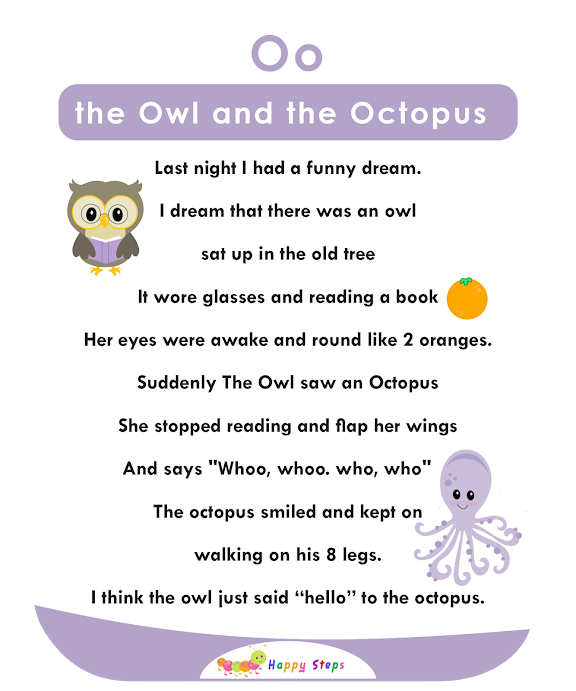
This holiday seems to remind us that our culture is a storehouse of ancient and great traditions of Slavic culture. Let's start traditionally celebrating this holiday together with everyone and we will always remember this interesting story of the creation of the Russian alphabet.
Be sure to check out these materials about letters for children:
Letter Town and its fabulous inhabitants
Poems about the alphabet and primer
Poems about each letter of the alphabet
creation of the Russian alphabet. Take care of history, culture and humanity!
Enjoy your knowledge!
when and where did the ancient alphabet appear, how did it develop in the world
Paying tribute to Saints Cyril and Methodius for the fact that they once created the alphabet, sometimes we forget that the history of our writing began thousands of years before the birth of the "solun brothers". Considering the bizarre Arabic script or the openwork weaving of the Indian letter, few of us think that we have in fact the same letters we know, only written a little differently.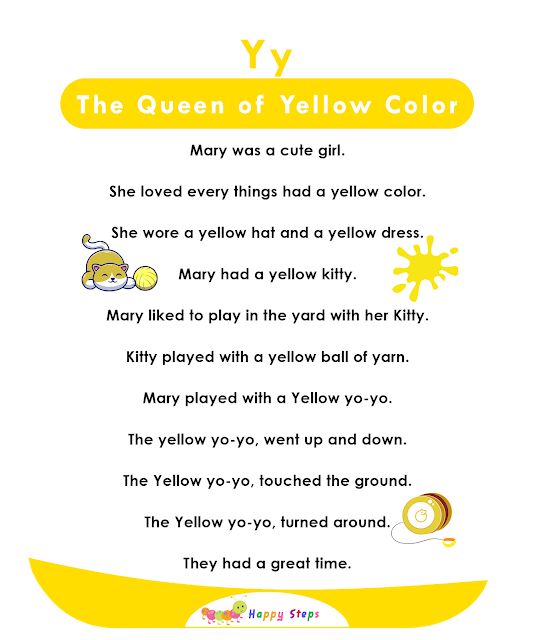
Oleg Makarov
Astonished by the diversity of the world's alphabets, we are surprised when we are told that almost all the writing systems used in the world are derived from Egyptian hieroglyphs. In addition to those that go back to Chinese hieroglyphs, the origin of the alphabet is also interesting with such a variety of sources. How simple and logical it is to write down the vowels and consonants of the language with letters. There are not so many sounds, and therefore, many letters are not needed - we get along just fine with three and a few dozen, while the English have enough for twenty-six. It is not difficult to remember the alphabetical order, it is convenient to read, you can place all the characters on a compact keyboard - but you never know the advantages of our familiar alphabet from childhood. It’s just that humanity did not come to the idea of depicting the sounds of the language, and not individual words or concepts, with written signs, but it was from it that the history of the alphabet began.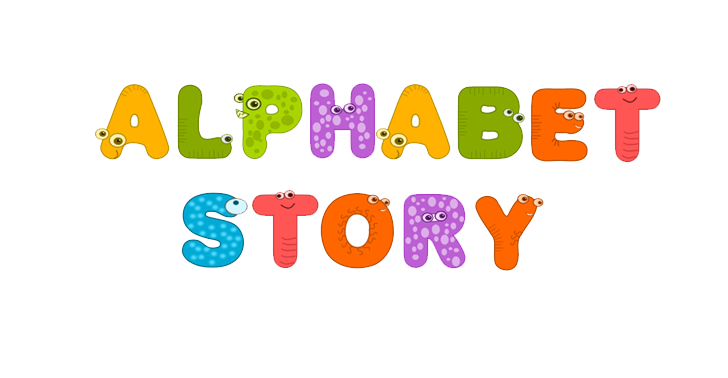 What the ancient Egyptians were smart about, but they didn’t even think of it, but only got closer to a brilliant solution.
What the ancient Egyptians were smart about, but they didn’t even think of it, but only got closer to a brilliant solution.
As you know, the history of the alphabet began in the country of the pyramids and the pharaohs were written in hieroglyphs - signs, in the outline of which the drawings of people, animals and various objects were still clearly guessed. Some hieroglyphs depicted individual sounds, others - combinations of sounds, others were logograms, that is, they were read as a whole word. There were also hieroglyphs that did not designate any sounds, but acted as determinants, that is, they clarified the meaning of what was written. Often this was necessary: after all, among the signs of Egyptian writing, there was not a single symbol for depicting vowels, which sometimes made it difficult to understand words. And the Egyptians created hundreds of hieroglyphs, and then thousands. By the advent of the Greco-Roman era, their number approached 5,000. In order to get from this wealth of symbols to a compact alphabet, someone was needed who could look at things more simply.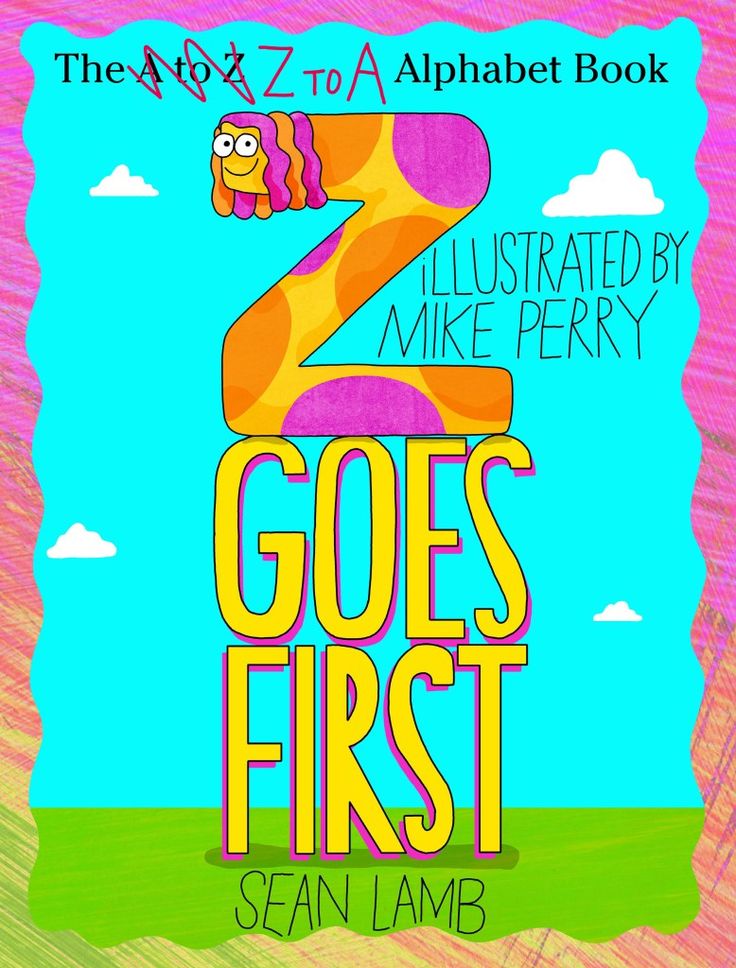 Around 1700 B.C. on the walls of the mine, deepened into the bowels of the Sinai Peninsula, inscriptions appeared, consisting of roughly drawn symbols - there a prototype of the alphabet appeared. They were made by workers who mined turquoise for the Egyptian pharaohs. The miners - immigrants from Western Asia - spoke one of the West Semitic dialects of that time. Not burdened by Egyptian learning, these guest workers thought of taking only three dozen Egyptian hieroglyphs and adapting them to denote the sounds of their language. Thus, the first alphabet in history appeared, which in science received the name of the Proto-Sinaitic script. The names of the letters reflected the names of creatures or objects depicted by the corresponding hieroglyphs.
Around 1700 B.C. on the walls of the mine, deepened into the bowels of the Sinai Peninsula, inscriptions appeared, consisting of roughly drawn symbols - there a prototype of the alphabet appeared. They were made by workers who mined turquoise for the Egyptian pharaohs. The miners - immigrants from Western Asia - spoke one of the West Semitic dialects of that time. Not burdened by Egyptian learning, these guest workers thought of taking only three dozen Egyptian hieroglyphs and adapting them to denote the sounds of their language. Thus, the first alphabet in history appeared, which in science received the name of the Proto-Sinaitic script. The names of the letters reflected the names of creatures or objects depicted by the corresponding hieroglyphs.
The history of the alphabet began with symbols
If we turn the letter "A" upside down, we will see a symbol that remotely resembles a horned cattle. Bull, ox - "aleph" in the Semitic languages - became the first letter of the ancient alphabet, which is used in a slightly modified form by almost the whole world.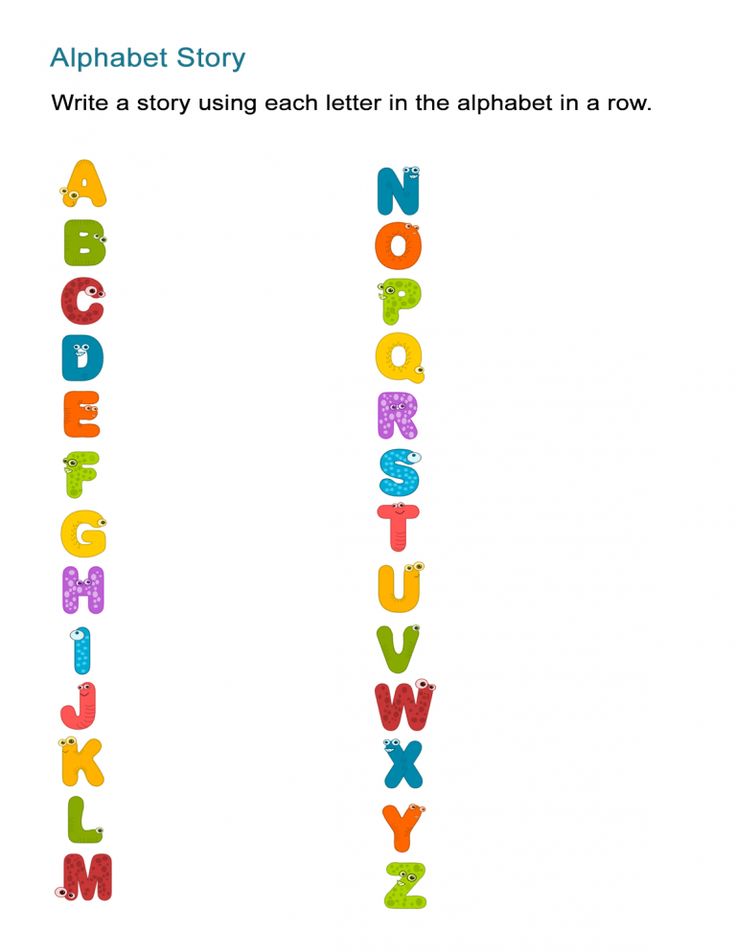 The second letter is "beit" - "house" - something closed in the walls, the third letter - "gimel" - a broken line, a throwing weapon like a boomerang, the fourth character is "dalet", which means "door". Aleph, beit, gimel, dalet - having heard these words, we already know for sure that the names of the first four letters of the Greek alphabet - "alpha", "beta", "gamma", "delta" - are not of Greek origin at all. Before becoming the basis of the Greek and many other alphabets, the Proto-Sinaitic script underwent a major transformation. Having spread from the mines of Sinai to the territory of Palestine and Lebanon (proto-Canaanite writing), this writing system gave rise to two branches of the Eurasian alphabets. One of them sprouted in the Arabian Peninsula, embodied in the South Arabian or Sabaean script, and then sprouted in Africa, giving rise to the alphabet for the ancient Ethiopian language gyyz and its descendants.
The second letter is "beit" - "house" - something closed in the walls, the third letter - "gimel" - a broken line, a throwing weapon like a boomerang, the fourth character is "dalet", which means "door". Aleph, beit, gimel, dalet - having heard these words, we already know for sure that the names of the first four letters of the Greek alphabet - "alpha", "beta", "gamma", "delta" - are not of Greek origin at all. Before becoming the basis of the Greek and many other alphabets, the Proto-Sinaitic script underwent a major transformation. Having spread from the mines of Sinai to the territory of Palestine and Lebanon (proto-Canaanite writing), this writing system gave rise to two branches of the Eurasian alphabets. One of them sprouted in the Arabian Peninsula, embodied in the South Arabian or Sabaean script, and then sprouted in Africa, giving rise to the alphabet for the ancient Ethiopian language gyyz and its descendants.
Another branch of the history of the alphabet was much more prolific.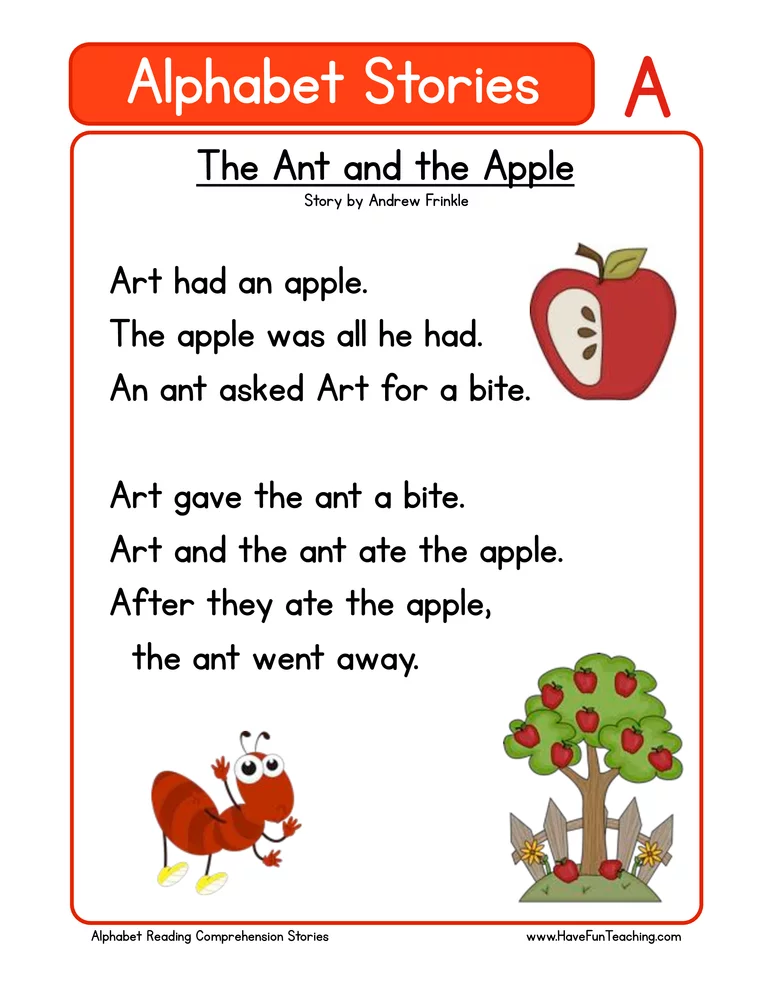 Its main escape was the Phoenician alphabet, which arose around the 12th century BC. If the letters of the Proto-Sinaitic script still quite strongly resembled the "animals" of Egyptian hieroglyphic writing, then the lines of the Phoenician alphabet were much more abstract. The paths of drawing and letters diverged forever.
Its main escape was the Phoenician alphabet, which arose around the 12th century BC. If the letters of the Proto-Sinaitic script still quite strongly resembled the "animals" of Egyptian hieroglyphic writing, then the lines of the Phoenician alphabet were much more abstract. The paths of drawing and letters diverged forever.
The Phoenicians, a people of seafarers, settled throughout the Mediterranean, and it is not surprising that the neighbors soon began to adopt elements of their culture, as well as the recently evolved Phoenician alphabet. Somewhere between the 12th and 9th centuries BC The Greeks borrowed the Phoenician script, making one important change to the alphabet, which we will talk about a little later. The Latin and Etruscan alphabets, the Scandinavian runes, and, of course, the Slavic alphabets — Cyrillic and Glagolitic — trace their genealogy from Greek writing. Moreover, if the ornate symbols of the Glagolitic alphabet really differ in their original style, then the Cyrillic alphabet is just a Greek letter adapted to Slavic phonetics.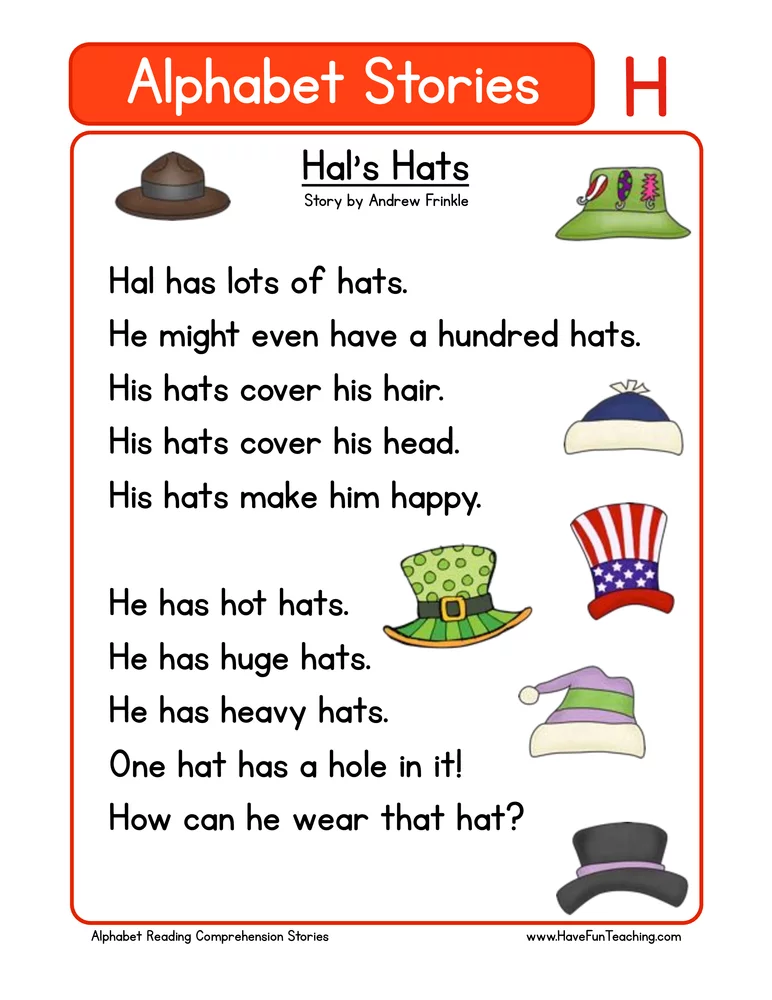
History of the Aramaic alphabet
What language did Jesus Christ speak? Not in Hebrew, in which the books of the Old Testament are written and which, by the 1st century A.D. has become almost a dead language. And not in Greek, in which the evangelists wrote. As a result of the Assyrian-Babylonian conquests, Aramaic became the language of international communication in Asia Minor - lingua franca. The history of the alphabet, directly related to the language of Christ and the apostles, which is still alive today, includes a slightly modified version kept by the Assyrian Aisors, a people living in the diaspora, including in Russia.
The Aramaic alphabet of antiquity developed on the basis of the Phoenician script, and thanks to the exceptional role played by the Aramaic language in the life of the Middle East, this alphabet became the ancestor of a huge historical branch of alphabets.
The first four letters of the Semitic alphabet - "alef", "beit", "gimel", "dalet" - were transformed into the Latin ABCD and into the Russian ABCD.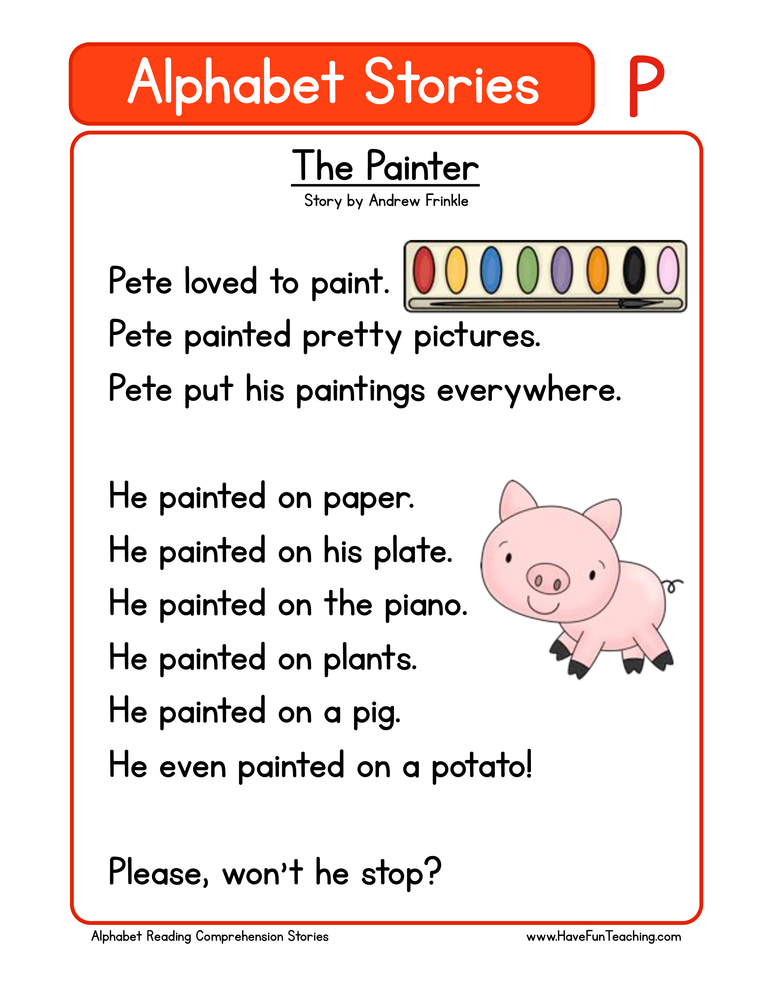 Instead of the original four letters, there are five letters in the Cyrillic script. Why? The fact is that when the Slavs actually borrowed a letter from the Byzantine Greeks, the letter "beta" already denoted the sound "v" and had the name "vita". Since the sound "b" is present in the Slavic languages, it was necessary to invent a new letter on the basis of "beta" - "vita". By the way, in modern Greek there is no letter “b”, and this sound is transmitted by a combination of the letters “mu” and “pi”, that is, as “mp”. It is also interesting why in the Latin alphabet instead of "ge" is "tse". Here, too, the reason lies in language changes. Initially, the letter "C" in Latin denoted back-stop sounds - "k" and "g". Later, to distinguish the voiced consonant from the voiceless, an additional element was added to the letter "C", resulting in the letter "G". As the Latin language developed, in some cases the letter "C" began to be read as "ce", while in others it retained its back-sounding sound.
Instead of the original four letters, there are five letters in the Cyrillic script. Why? The fact is that when the Slavs actually borrowed a letter from the Byzantine Greeks, the letter "beta" already denoted the sound "v" and had the name "vita". Since the sound "b" is present in the Slavic languages, it was necessary to invent a new letter on the basis of "beta" - "vita". By the way, in modern Greek there is no letter “b”, and this sound is transmitted by a combination of the letters “mu” and “pi”, that is, as “mp”. It is also interesting why in the Latin alphabet instead of "ge" is "tse". Here, too, the reason lies in language changes. Initially, the letter "C" in Latin denoted back-stop sounds - "k" and "g". Later, to distinguish the voiced consonant from the voiceless, an additional element was added to the letter "C", resulting in the letter "G". As the Latin language developed, in some cases the letter "C" began to be read as "ce", while in others it retained its back-sounding sound.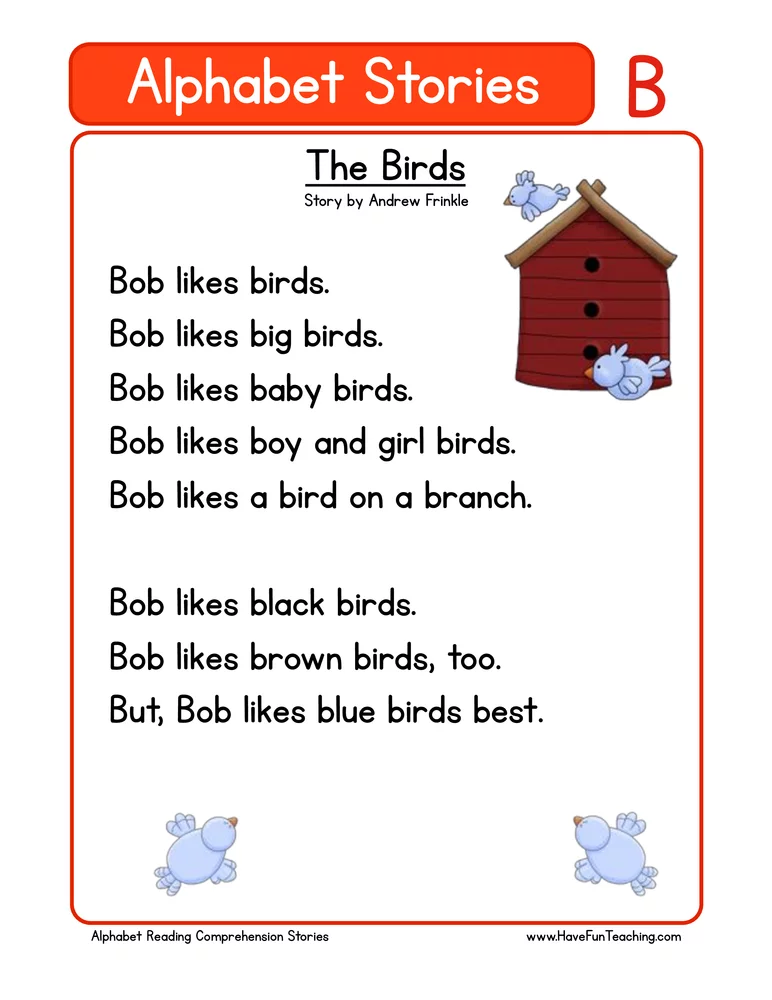 Therefore we read Caius Julius Caesar as Gaius Julius Caesar. Thus, the Latin letter "C" is a relative of our "G" and the Greek "gamma", and not the Russian letter "C" at all, as one might think.
Therefore we read Caius Julius Caesar as Gaius Julius Caesar. Thus, the Latin letter "C" is a relative of our "G" and the Greek "gamma", and not the Russian letter "C" at all, as one might think.
The Hebrew alphabet, in which the earliest books of the Old Testament were written, descended directly from the Phoenician script and differed little from the most ancient Semitic scripts. However, the so-called "square" script used in modern Hebrew and Yiddish originates from the Aramaic alphabet. From the beginning of the history of the origin of this alphabet, the Arabic script and the Syriac alphabet used by the Aysors trace their genealogy. Indian patriots are sure that all Indian scripts start from the origin of the Brahmi alphabet, invented, of course, in India. How could the birthplace of chess not come up with its own letters? Linguists around the world are ready to agree that it was Brahmi that became the basis for a huge branch of the alphabets of Hindustan, Tibet and Indochina.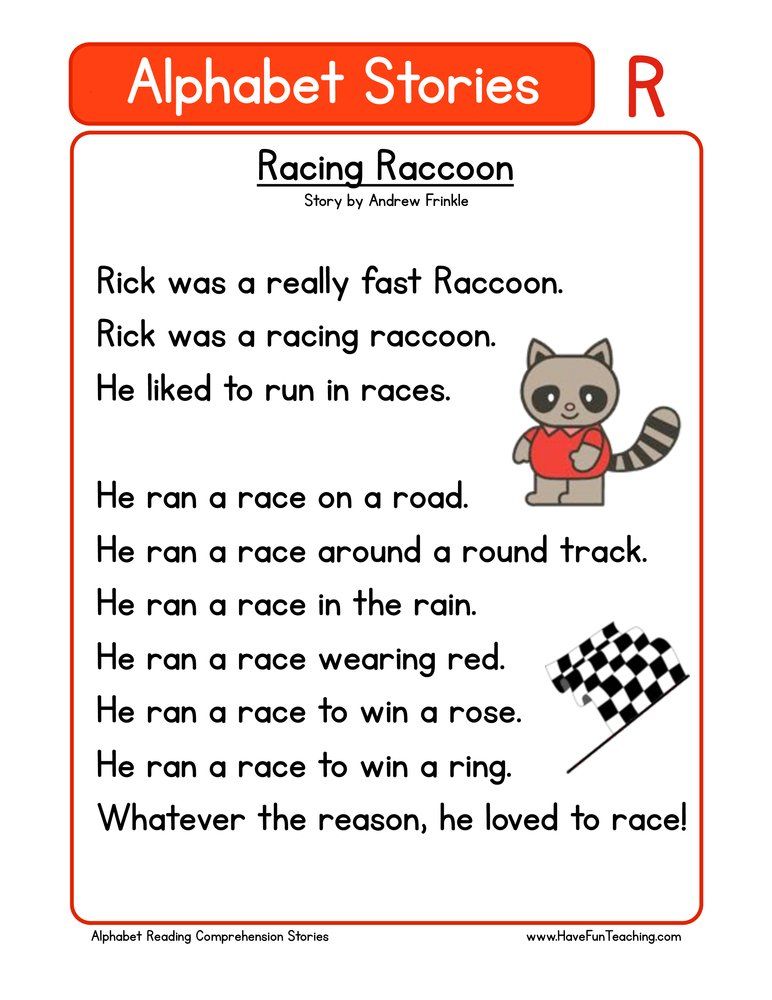 But there are big doubts about the purely Indian origin of this letter. Too strongly the Brahmi symbols resemble the letters of the same Aramaic alphabet, and the borrowing hypothesis seems to be the most scientifically sound. Scientists argue only about whether the Aramaic alphabet really became the prototype of Brahmi or whether the first alphabet of India originates from the ancient South Arabian branch of the Semitic script.
But there are big doubts about the purely Indian origin of this letter. Too strongly the Brahmi symbols resemble the letters of the same Aramaic alphabet, and the borrowing hypothesis seems to be the most scientifically sound. Scientists argue only about whether the Aramaic alphabet really became the prototype of Brahmi or whether the first alphabet of India originates from the ancient South Arabian branch of the Semitic script.
The Brahmi alphabet originated in India no later than the 5th century BC. BC. and became the root for three branches of Indian writing. The northern branch is represented by alphabets, the most famous of which is Devanagari - this script is used in modern Hindi and to reproduce texts in Sanskrit. Tibetan writing also belongs to this branch.
The southern branch includes the scripts of South India - Kannada, Telugu, Malayali and Tamil. The southeastern branch is represented by the scripts of Burma, Laos, Thailand and Cambodia.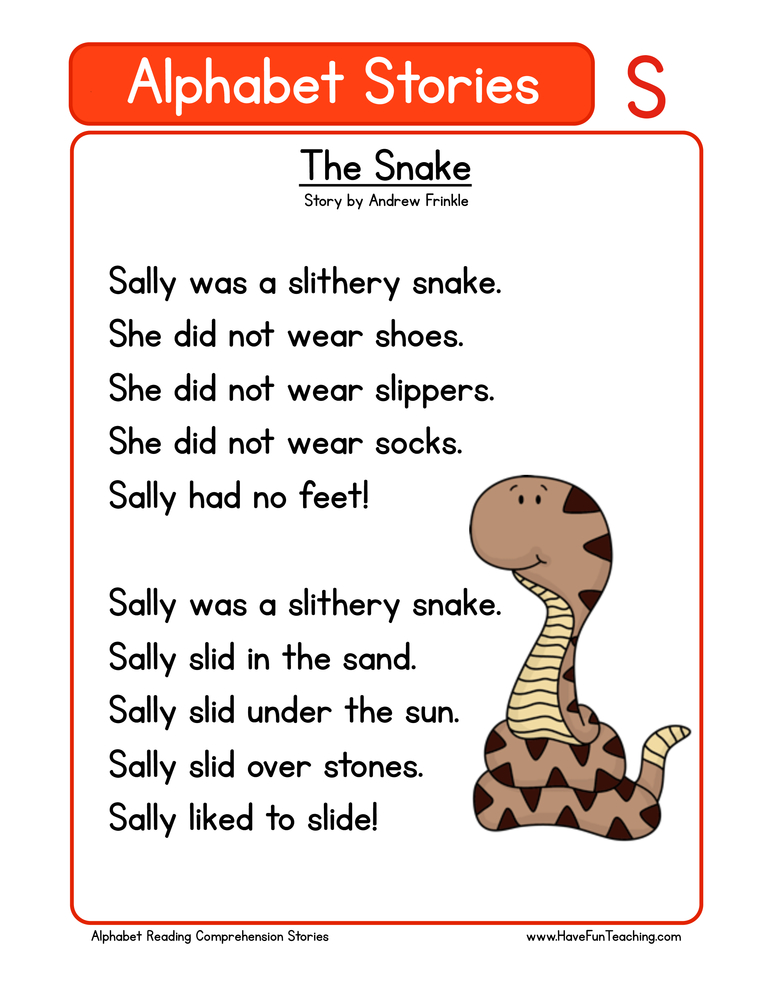 As you can see, the history of this alphabet has tens of thousands of kilometers and many variations.
As you can see, the history of this alphabet has tens of thousands of kilometers and many variations.
The history of the alphabet: how writing appeared
Strange as it may sound, the letter “A” (or rather, its distant ancestor “aleph”) was intended to denote a consonant sound. As we remember, in the ancient Egyptian letter, as well as in the Proto-Sinaitic letter originating from it, there were no letters for vowel sounds. It is now difficult to understand the reasons for this discrimination due to such a long history of the alphabet, but the ancient inventors of writing for some reason believed that the vowels of individual characters were unworthy. Allegedly, everything is clear even without them, but the history of the alphabet has shown that this is not so. The question of how to deal with vowels after all became the cornerstone of the further development of alphabets. In alphabets of the "abjad" type (or consonantal type), vowels remain discriminated.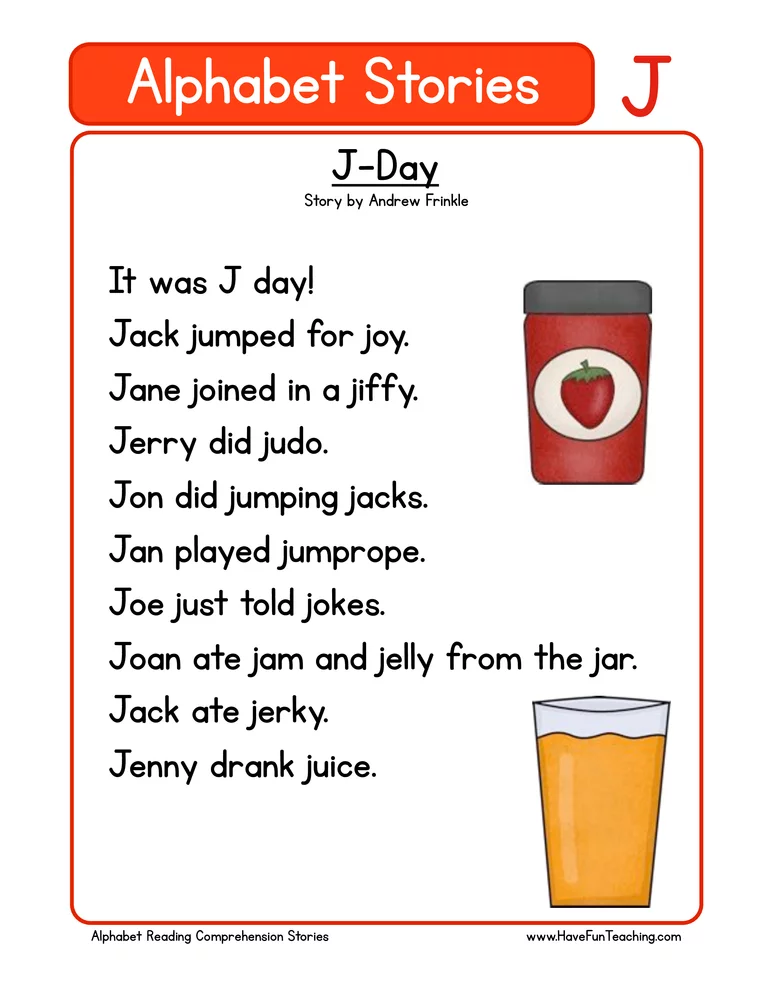 Both Arabic and Hebrew scripts use only letters to represent consonants. And only in sacred texts and literature for young children are vowels used - special signs for vowels, as the history of the alphabet and writing counts.
Both Arabic and Hebrew scripts use only letters to represent consonants. And only in sacred texts and literature for young children are vowels used - special signs for vowels, as the history of the alphabet and writing counts.
At the same time, even in the Aramaic alphabet, a system called matres lectionis was used in linguistics. Its meaning is that the letters denoting semi-vowel sounds, such as "y", the aspirated "x", the labial "wa" began to be used to designate vowels. Not all and not always, but the departure from the principle of "we designate only consonants" took place in ancient times. Finally, according to the history of the alphabet, the ancient Greeks separated vowels and consonants, creating a consonant-vocal writing, which we, in fact, use. The letter "A", derived from the drawing of a bull's head and depicting the once semi-consonant sound of the "hard attack" type (slight closing of the larynx in the path of the air flow), began to denote the vowel sound "a" and nothing more.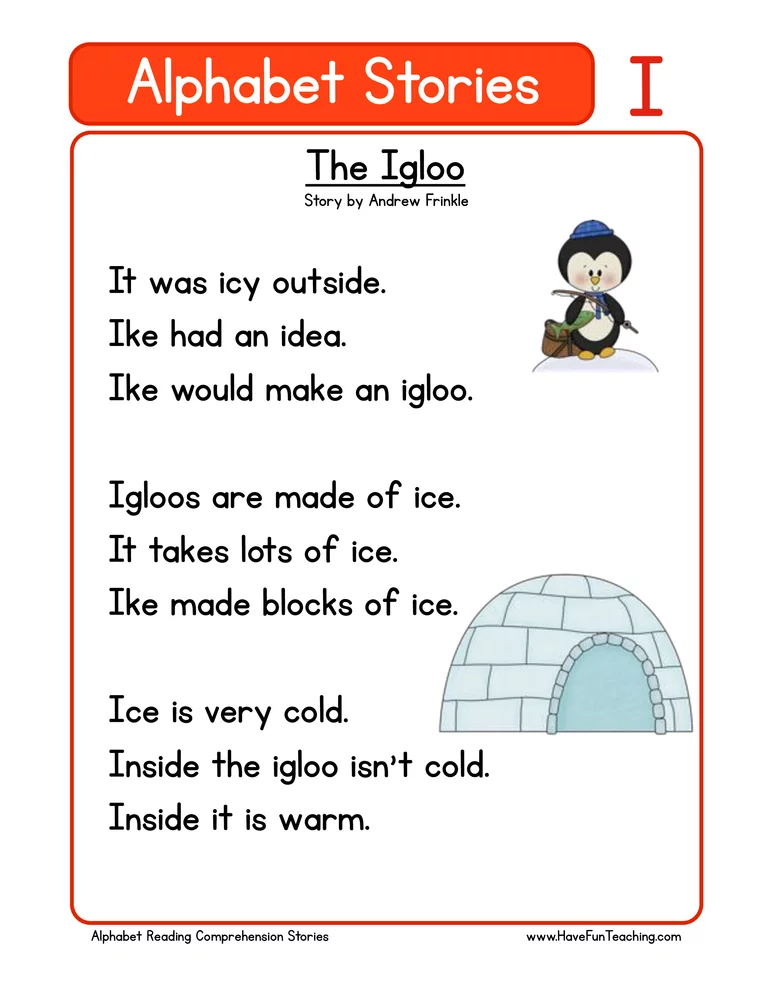
Another solution is syllabic writing. If a special icon denoting a vowel is attached to a letter denoting a consonant, then you get a series of letters - for example, "ga", "go", "gu", "gi", "ge" - united by a common base symbol. Alphabets of this type are called "abugida" in science. This is the name of the Ethiopian alphabet (similar to our "ABVGD", isn't it?), in which this very principle is implemented. The Indian alphabets are built exactly according to the same system, according to the history of the alphabet, where special signs are used to designate vowels, merged with a letter denoting a consonant sound.
Celestial writings
Almost all countries today use letters that trace their lineage to the inscriptions on the walls of an ancient mine. Except three: China, Japan and Korea.
The first inscriptions on fortune-telling bones and turtle shells, which marked the beginning of the history of Chinese writing, appeared about 2500 years ago.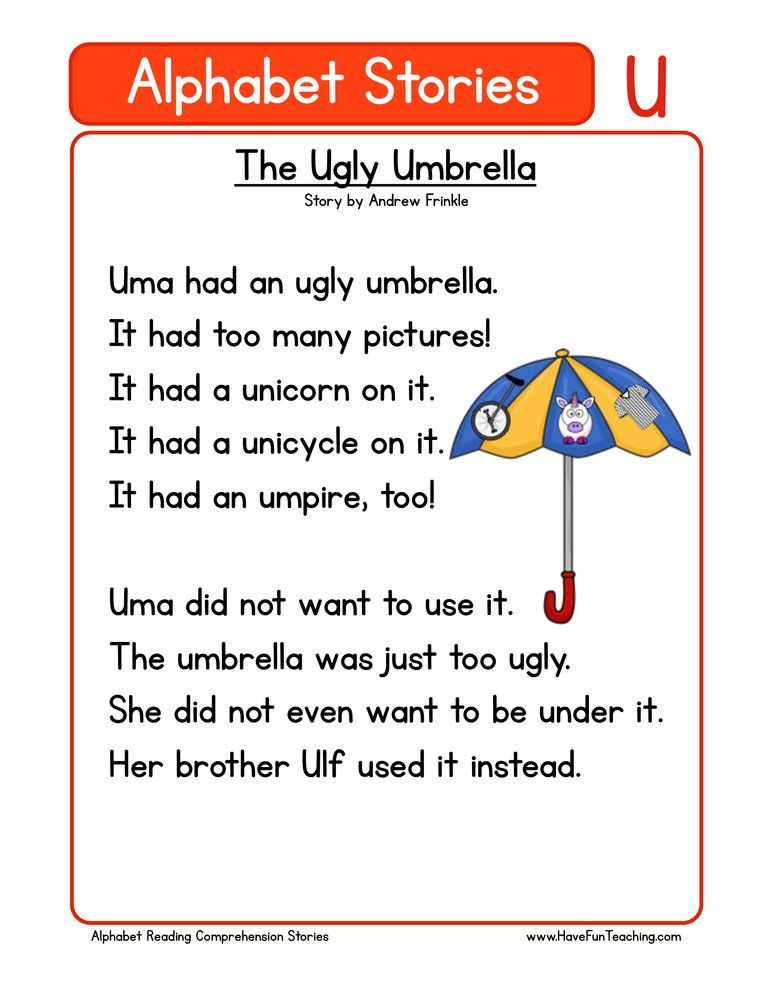 Since then, almost 90,000 characters have been invented by the inventive Chinese. In the modern language, no more than 6000-7000 hieroglyphs are used, however, the inhabitants of the Celestial Empire did not come to the idea of a phonetic alphabet. The Japanese, who borrowed hieroglyphs from the Chinese in the 7th century. AD, have a completely different structure of the language, and therefore, in order to add endings to the hieroglyphs, as well as to record borrowed words, they had to create two whole syllabaries - hiragana and katakana - however, based on the same hieroglyphics. The Korean phonetic script Hangul also goes back to Chinese characters, in addition, Chinese characters are used to a limited extent in South Korea. In earlier times, hieroglyphic writing was more widespread - for example, it was used in Vietnam, but today, as you know, the Vietnamese write in Latin letters, which come from the Proto-Sinaitic root. "Bull", "house", "boomerang", "door" ... turned out to be stronger.
Since then, almost 90,000 characters have been invented by the inventive Chinese. In the modern language, no more than 6000-7000 hieroglyphs are used, however, the inhabitants of the Celestial Empire did not come to the idea of a phonetic alphabet. The Japanese, who borrowed hieroglyphs from the Chinese in the 7th century. AD, have a completely different structure of the language, and therefore, in order to add endings to the hieroglyphs, as well as to record borrowed words, they had to create two whole syllabaries - hiragana and katakana - however, based on the same hieroglyphics. The Korean phonetic script Hangul also goes back to Chinese characters, in addition, Chinese characters are used to a limited extent in South Korea. In earlier times, hieroglyphic writing was more widespread - for example, it was used in Vietnam, but today, as you know, the Vietnamese write in Latin letters, which come from the Proto-Sinaitic root. "Bull", "house", "boomerang", "door" ... turned out to be stronger.